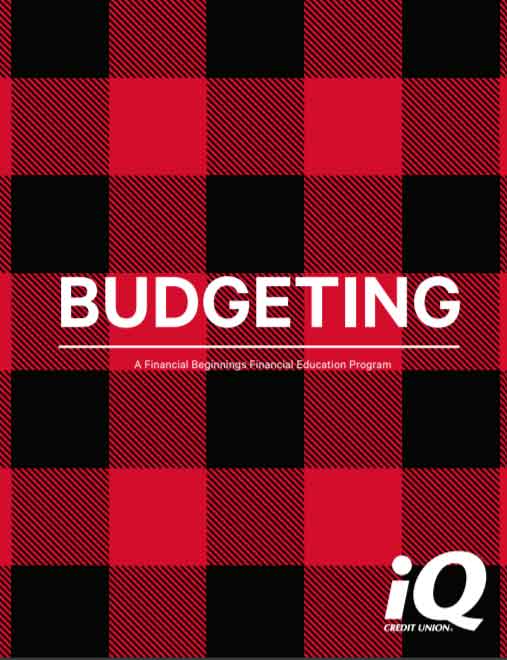There are four basic elements in a budget:
- Income sources
- Expense items
- Surplus (+) or shortfall (-) calculations
- Time horizon (i.e., one month, six months, one year or greater)
Types of income
Income can be created in various ways. Below are some examples of different types of income sources.
Earned income
- Working a job (earning a salary)
- Consulting for another company
- Owning a business
Portfolio income
- Trading or selling paper assets (stocks or bonds)
- Buying or selling real estate
- Buying or selling physical assets (antiques)
Passive income
- Rental income
- Interest
- Royalties from intellectual property (books, patents)
Types of expenses
In many cases expenses are other people’s form of income. It is just as important to understand our expenses so that we can find ways to minimize them to fit in our budget. Below are some examples of different types of expenses.
Fixed expenses do not change from one time period to the next. This means that every month you can almost guarantee that the cost will be the same as it has been.
Examples of fixed expenses are:
- Rent
- Car payment
- Loan payments
- Internet bill
- Phone bill (assuming you do not go over on data)
Variable Expenses can change from one time period to another. For example, spending the same amount on groceries from month to month is very unlikely, so we consider them a variable expense. Variable expenses are more controllable than fixed expenses in the short term. However, even fixed expenses can be reduced. For example, you can refinance your home mortgage at a reduced rate or get a less expensive car with lower monthly payments.
Examples of variable expenses are:
- Groceries
- Entertainment
- Clothing
- Gas
- Income tax
Taxes
As you probably noticed, taxes are included in both fixed and variable expenses. The reason is that there are different types of taxes that are dependent on the situation.
Property tax, a fee charged by the government based upon the estimated value of the property, is unlikely to change during the year. Income tax, a fee imposed by the government based upon the amount of income a person makes, is most likely variable because the tax is dependent on the income made. This can be flexible if the individual has multiple, various, or variable sources of income.

.jpg)
-1.jpg)
